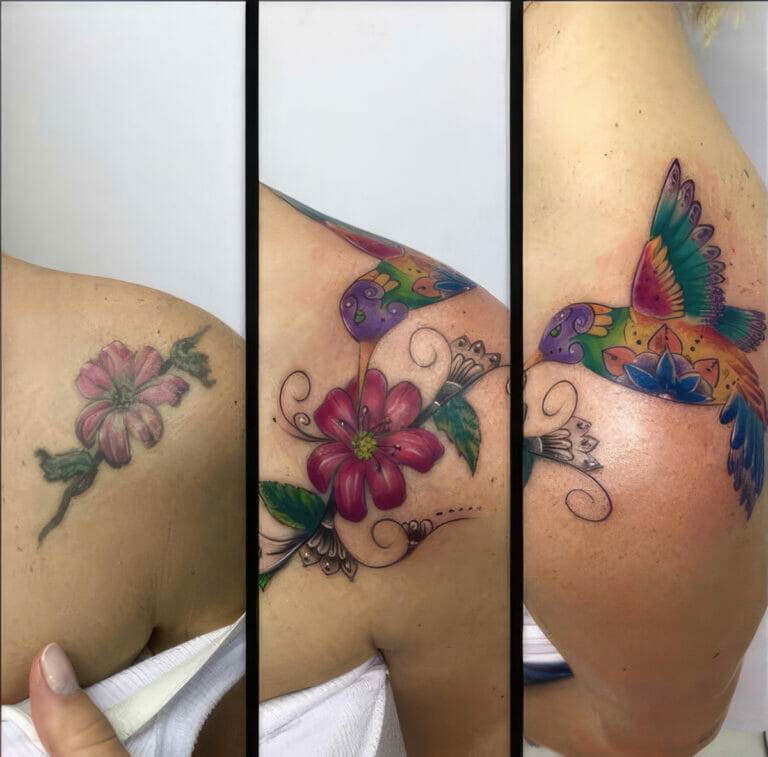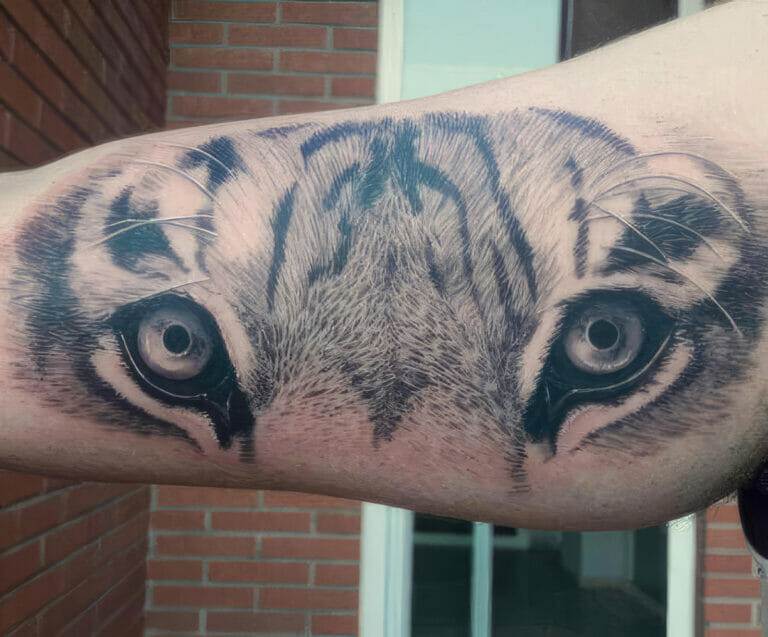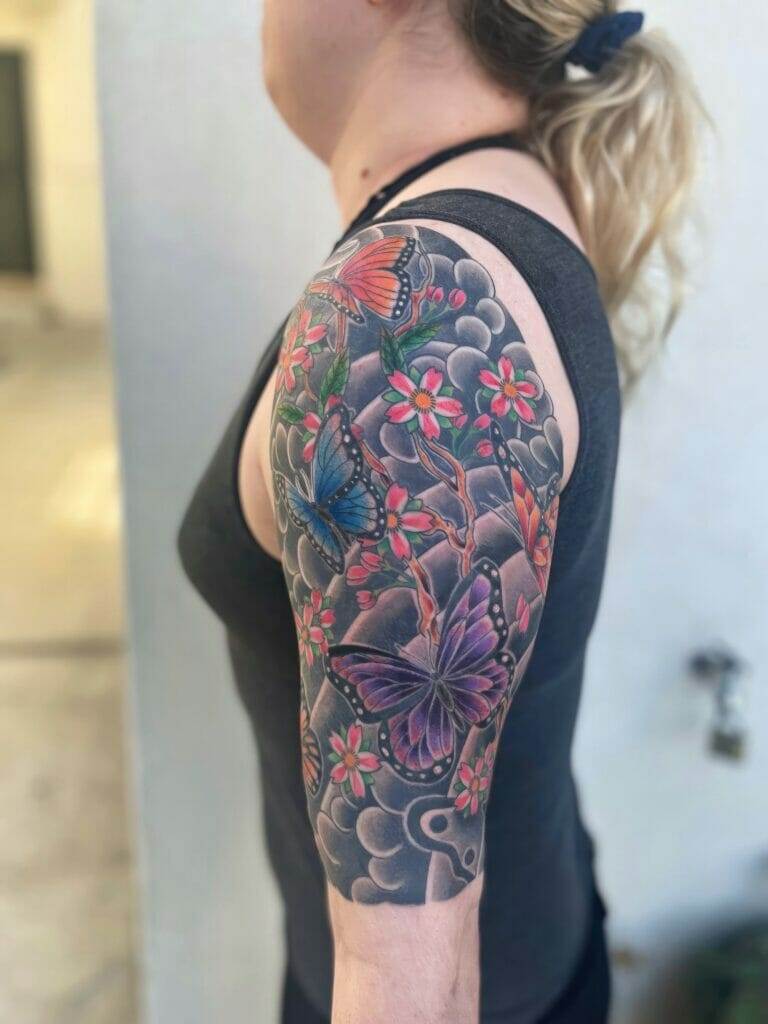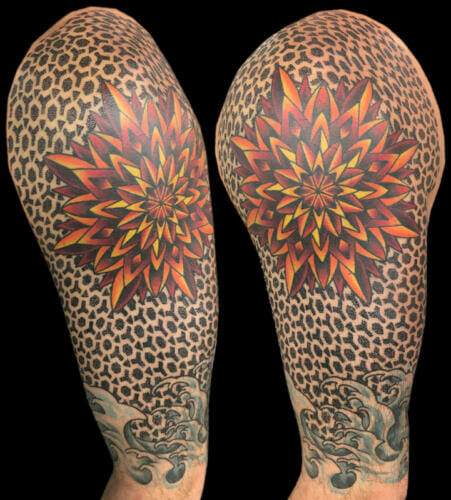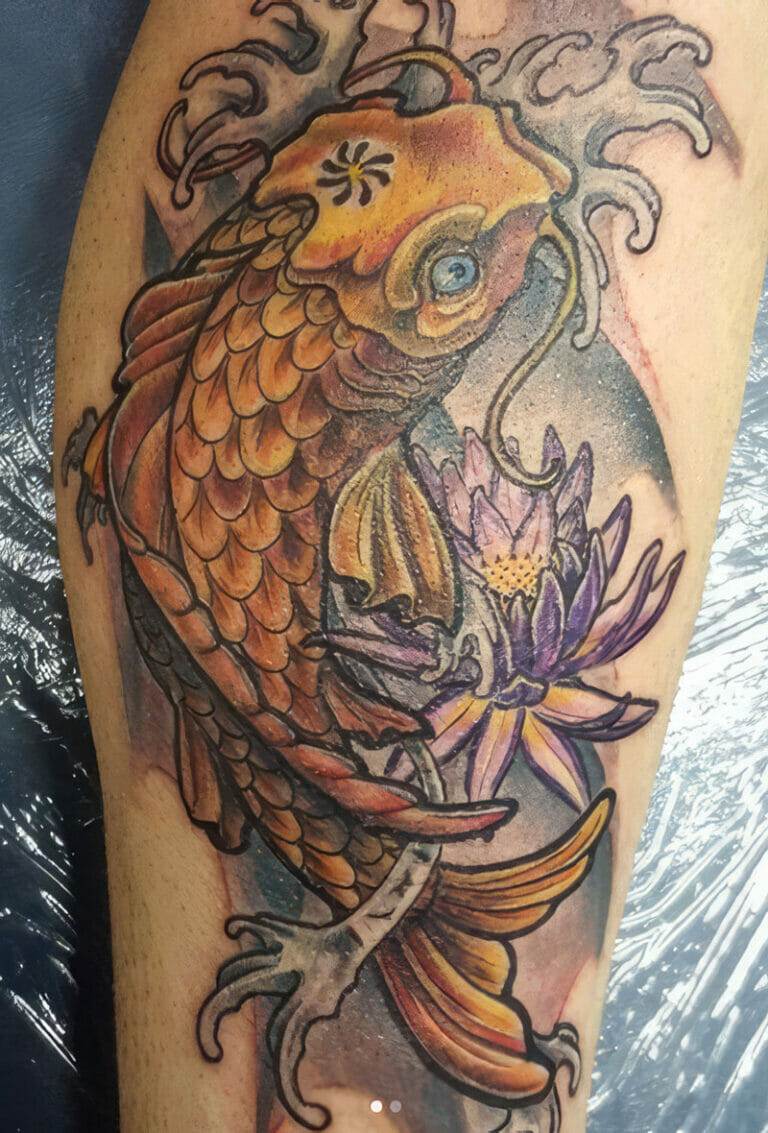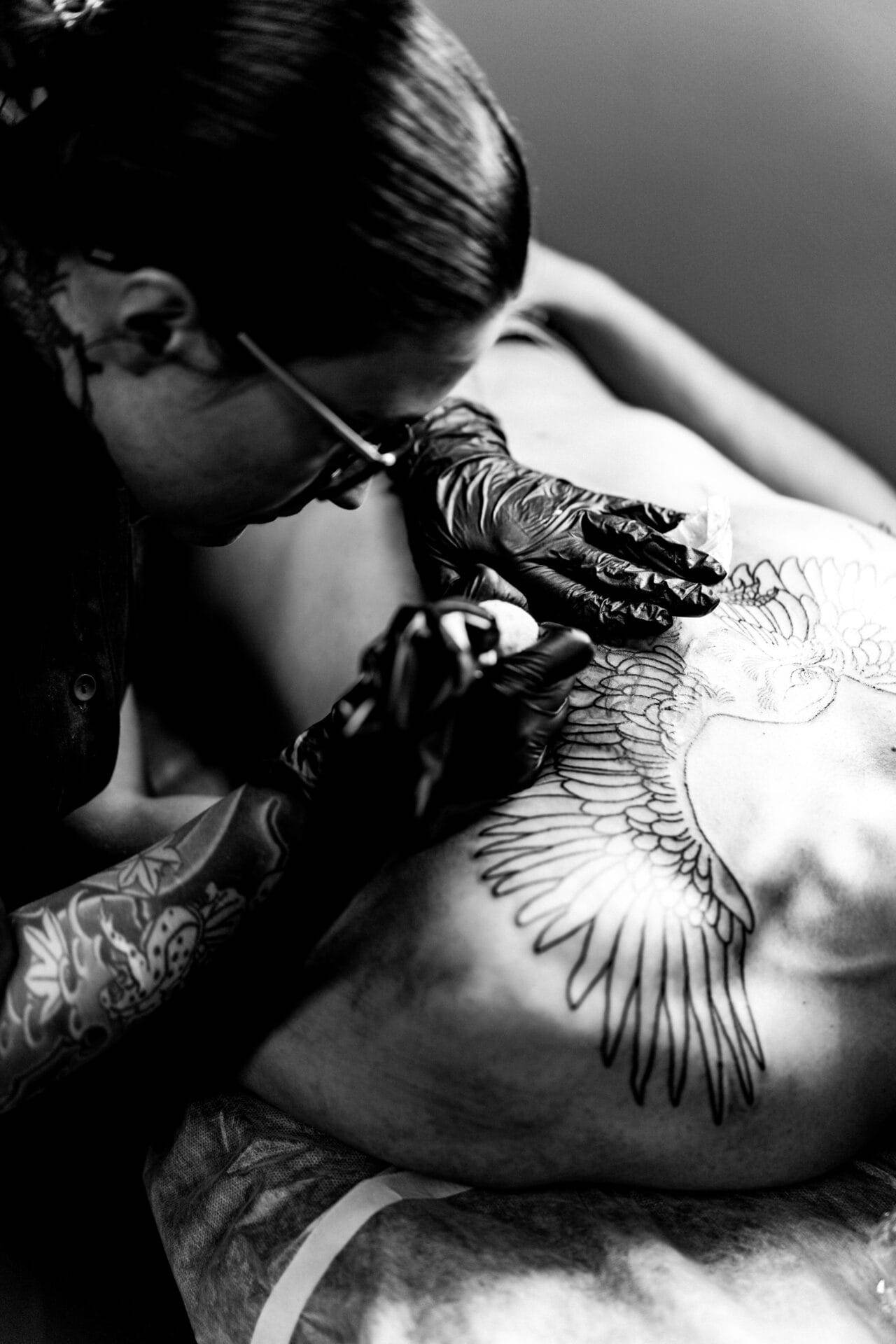
The tattoo healing process is a crucial aspect of getting inked that often goes overlooked. When a tattoo is applied, the skin undergoes a series of changes as it works to heal the trauma inflicted by the needle. Understanding this process can help individuals care for their new tattoos effectively, ensuring vibrant and long-lasting results.
The healing journey typically spans several weeks, during which the skin transitions through various stages, each with its own characteristics and care requirements. During the healing process, the body initiates a natural response to repair the skin. This involves inflammation, the formation of new skin cells, and the eventual shedding of dead skin.
The tattooed area may appear red and swollen initially, but these symptoms usually subside as healing progresses. It is essential to recognize that each person’s skin reacts differently to tattoos, influenced by factors such as skin type, tattoo size, and placement. By being informed about what to expect during each stage of healing, individuals can take proactive steps to promote optimal recovery and maintain the integrity of their artwork.
Key Takeaways
- Understanding the tattoo healing process is crucial for proper aftercare
- Days 1-3 involve the initial healing stage, characterized by redness and swelling
- Days 4-7 bring the peeling and itching stage, which requires gentle care to avoid irritation
- Days 8-14 see scabbing and flaking, and it’s important to resist picking at the scabs
- Days 15-21 mark the final healing stage, where the tattoo settles into the skin
- Long-term care and maintenance from days 22-28 are essential for preserving the tattoo’s quality
- Common healing issues like infection or color loss can be addressed with proper aftercare and professional advice
- Tips for a smooth healing process include keeping the tattoo clean, moisturized, and protected from the sun
Day 1-3: The Initial Healing Stage
The first three days following a tattoo session are critical as the body begins its healing process. During this initial stage, the tattooed area may feel tender and sensitive to touch. Swelling and redness are common as the body responds to the trauma of the needles.
It is essential to keep the area clean and moisturized to prevent infection and promote healing. Many tattoo artists recommend using a gentle, fragrance-free soap to cleanse the area, followed by a thin layer of a recommended ointment or tattoo aftercare product. In these early days, it is also vital to avoid soaking the tattoo in water, such as in baths or swimming pools, as this can introduce bacteria and hinder the healing process.
Instead, opt for quick showers while keeping the tattooed area out of direct water flow. Wearing loose clothing can help minimize friction against the tattoo, reducing discomfort and allowing for better airflow. Being mindful during this stage sets a solid foundation for the subsequent phases of healing.
Day 4-7: The Peeling and Itching Stage
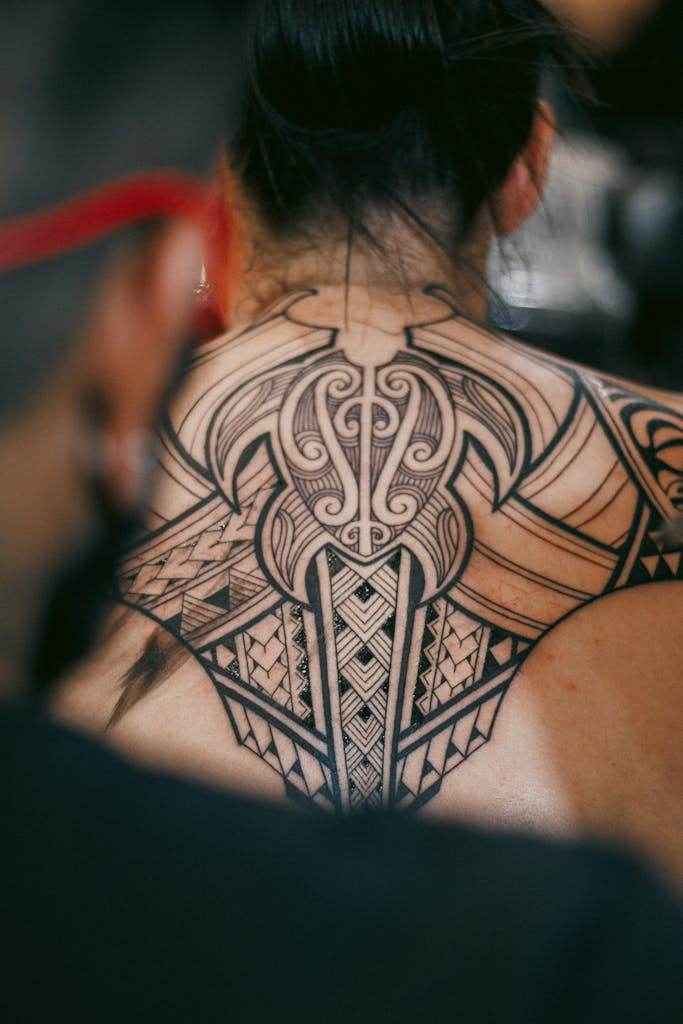
As the healing process continues into days four through seven, individuals may notice their tattoo beginning to peel and itch. This is a normal part of healing as the outer layer of skin starts to shed, revealing fresh skin underneath. The peeling may resemble dry skin or sunburn and can be alarming for some; however, it is essential to resist the urge to pick or scratch at the tattoo.
Doing so can lead to scarring or loss of color in the design. During this stage, keeping the tattoo moisturized is crucial. Applying a fragrance-free lotion or specialized tattoo aftercare product can help alleviate itching and promote healthy skin regeneration.
It is also advisable to avoid exposing the tattoo to direct sunlight, as UV rays can damage healing skin and fade the ink. Wearing protective clothing or applying sunscreen once fully healed can help preserve the vibrancy of the tattoo for years to come.
Day 8-14: The Scabbing and Flaking Stage
Days eight through fourteen mark a transition into the scabbing and flaking stage of healing. By this time, most tattoos will have developed small scabs as part of the natural healing process. These scabs are a protective barrier that forms over the tattooed area, safeguarding it from external irritants while new skin cells regenerate beneath.
It is important to allow these scabs to fall off naturally; picking at them can disrupt healing and lead to uneven ink distribution. During this period, individuals may experience varying degrees of flaking as well. This flaking is often accompanied by mild itching but should not be confused with excessive irritation or infection.
Maintaining a consistent moisturizing routine is essential during this stage to keep the skin hydrated and promote even healing. If scabs become excessively dry or tight, applying a thin layer of ointment can help ease discomfort without compromising the healing process.
Day 15-21: The Final Healing Stage
As individuals move into days fifteen through twenty-one, they will notice significant improvements in their tattoo’s appearance as it approaches full healing. The scabs should have mostly fallen off, revealing vibrant colors and crisp lines beneath. However, some residual flaking may still occur as the skin continues to regenerate.
This final stage of healing is often marked by a sense of relief as discomfort subsides and individuals can begin to appreciate their new artwork fully. While most tattoos will be largely healed by this point, it is still essential to continue caring for the area. Keeping it moisturized helps maintain elasticity in the skin and prevents dryness that could lead to irritation.
Additionally, avoiding activities that could cause excessive friction or exposure to harsh elements—such as swimming in chlorinated pools or sunbathing—will further support optimal healing. By following these guidelines, individuals can ensure their tattoos remain vibrant and well-defined.
Day 22-28: Long-Term Care and Maintenance
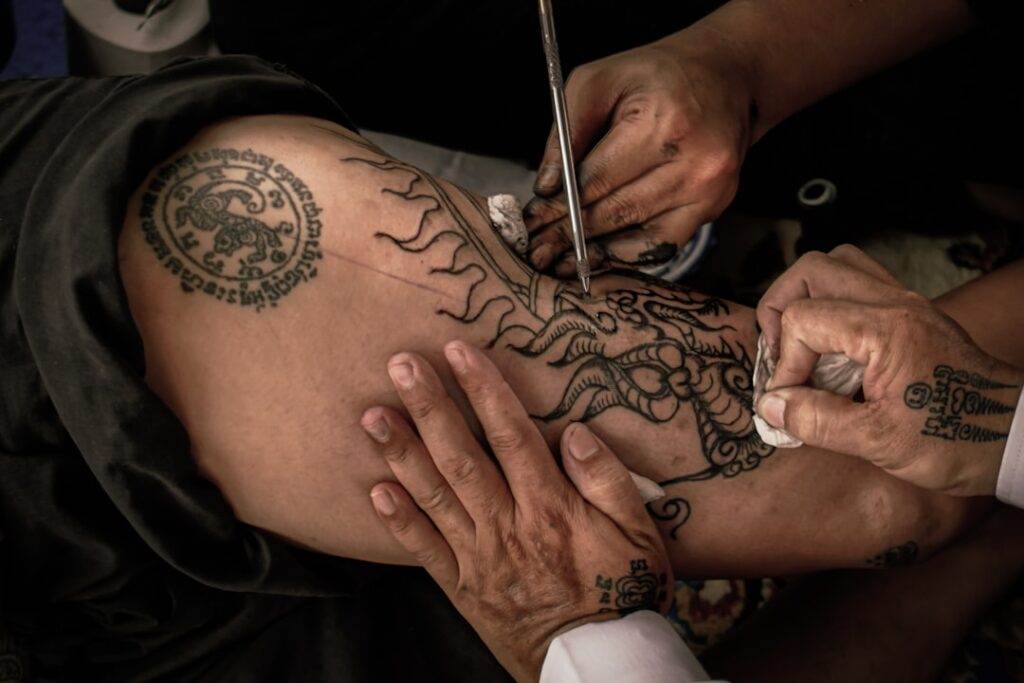
Moisturizing for Long-Term Health
After the initial healing period, which typically concludes around day twenty-one, long-term care becomes crucial in maintaining the quality of your tattoo. Although your tattoo may appear fully healed, ongoing maintenance is essential to keep colors vibrant and lines sharp over time. This involves regular moisturizing with a gentle, fragrance-free lotion that won’t irritate sensitive skin.
Protecting Your Tattoo from the Sun
In addition to moisturizing, protecting your tattoo from sun exposure is vital for long-term vibrancy. UV rays can cause fading over time, so applying sunscreen with a high SPF on exposed tattoos when outdoors is highly recommended.
Maintaining Overall Skin Health
Staying hydrated and maintaining overall skin health through proper nutrition can also contribute positively to how your tattoo ages on your skin. By adopting these practices, you can enjoy your tattoo for years to come while minimizing potential fading or distortion.
Common Healing Issues and How to Address Them
Despite following proper aftercare guidelines, some individuals may encounter common healing issues during their tattoo recovery journey. One prevalent concern is infection, which can manifest as increased redness, swelling, warmth, or pus around the tattooed area. If any signs of infection arise, it is crucial to seek medical attention promptly to prevent further complications.
Another issue that may arise is excessive itching or irritation beyond what is typical during healing stages. This could indicate an allergic reaction to ink or aftercare products used on the tattooed area. If itching persists or worsens despite moisturizing efforts, consulting with a healthcare professional or dermatologist can provide insight into potential allergens and appropriate treatments.
Tips for a Smooth Healing Process
To ensure a smooth healing process for new tattoos, several tips can be beneficial for individuals embarking on this journey. First and foremost, following aftercare instructions provided by the tattoo artist is essential; they are familiar with their work and know how best to care for it during recovery. Additionally, maintaining cleanliness by washing hands before touching the tattooed area can help prevent infections.
Staying patient throughout the healing process is equally important; every individual’s skin heals at its own pace. Avoiding excessive physical activity that could lead to sweating or friction on the tattooed area during the initial weeks will also contribute positively to recovery. Lastly, documenting progress through photos can be a fun way to track changes over time while also serving as a reminder of how far one has come in their tattoo journey.
In conclusion, understanding each stage of the tattoo healing process empowers individuals to care for their new ink effectively. By being informed about what to expect and how to address common issues that may arise, one can ensure their tattoos heal beautifully and remain vibrant for years to come.
FAQs
What is the general tattoo healing timeline?
The general tattoo healing timeline can vary depending on the size and placement of the tattoo, but typically, the healing process takes about 2-3 weeks.
What happens during the first few days of tattoo healing?
During the first few days of tattoo healing, it is normal to experience redness, swelling, and tenderness around the tattooed area. The tattoo may also ooze plasma and ink, and a scab will begin to form.
What should I expect during the first week of tattoo healing?
During the first week of tattoo healing, the tattooed area may continue to be red and tender, and the scab will become thicker. It is important to keep the tattoo clean and moisturized during this time.
What happens during the second week of tattoo healing?
During the second week of tattoo healing, the scab will begin to flake and peel off, revealing the healed tattoo underneath. It is important to continue to keep the tattoo moisturized and protected from the sun.
How long does it take for a tattoo to fully heal?
It can take up to 3 weeks for a tattoo to fully heal, but the timeline can vary depending on individual healing processes and the size and complexity of the tattoo. It is important to follow proper aftercare instructions to ensure a smooth healing process.

